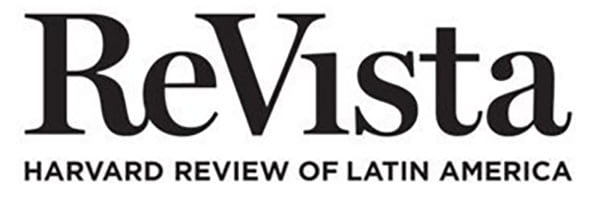
About the Author
Vivian Fernández graduated from Harvard College in 2018 as a government concentrator and with a DRCLAS Latin American Studies Certificate. She often travels to Bolivia and received a DRCLAS independent internship grant to travel there during Summer of 2015. She is currently working as a paralegal for Cravath, Swaine & Moore in NYC.
The Bolivian Middle Class
These series of photographs, all shot in the city of La Paz, Bolivia help to shed light on the manner and quality in which the middle and upper class of Bolivia live. El Mercado Roberto Rodriguez is La Paz’s largest food market, and it is here that many of the city’s middle-class acquire their food. Here you can find caseras (vendors) selling a variety of foods: mounds of orange mandarin oranges, heaps of green beans, bunches of broccoli and cauliflower, fishes ranging in size and various types of meat. Buyers walk around talking to vendors, asking for their yapita (bonus/addition to their purchase) before placing their purchases in huge plastic tote bags and wandering off to the next stall. While this market is open the entire week, its busiest days are Saturdays and Sundays when most people come to do their weekly purchases.
The neighborhoods of Obrajes, San Miguel and Achumani are all very well off and have become major commercial and financial sectors in addition to being residential areas. Banks, businesses, shops, malls and international firms are now common sights in these neighborhoods. New constructions can also be seen quite frequently, especially in Achumani where apartment buildings and mansions are being built on vast areas of property. The urbanization that La Paz has undergone can further be seen through the project “Mi Teleférico,” an aerial cable car system that officially started working in 2014. It currently has 3 functioning lines: yellow, red and green, with plans for more operating lines in the works. Not only does it help to connect various neighborhoods and alleviates the previous public transportation congestion, it also offers beautiful views of the city of La Paz.
Click here to view these photos in media gallery form
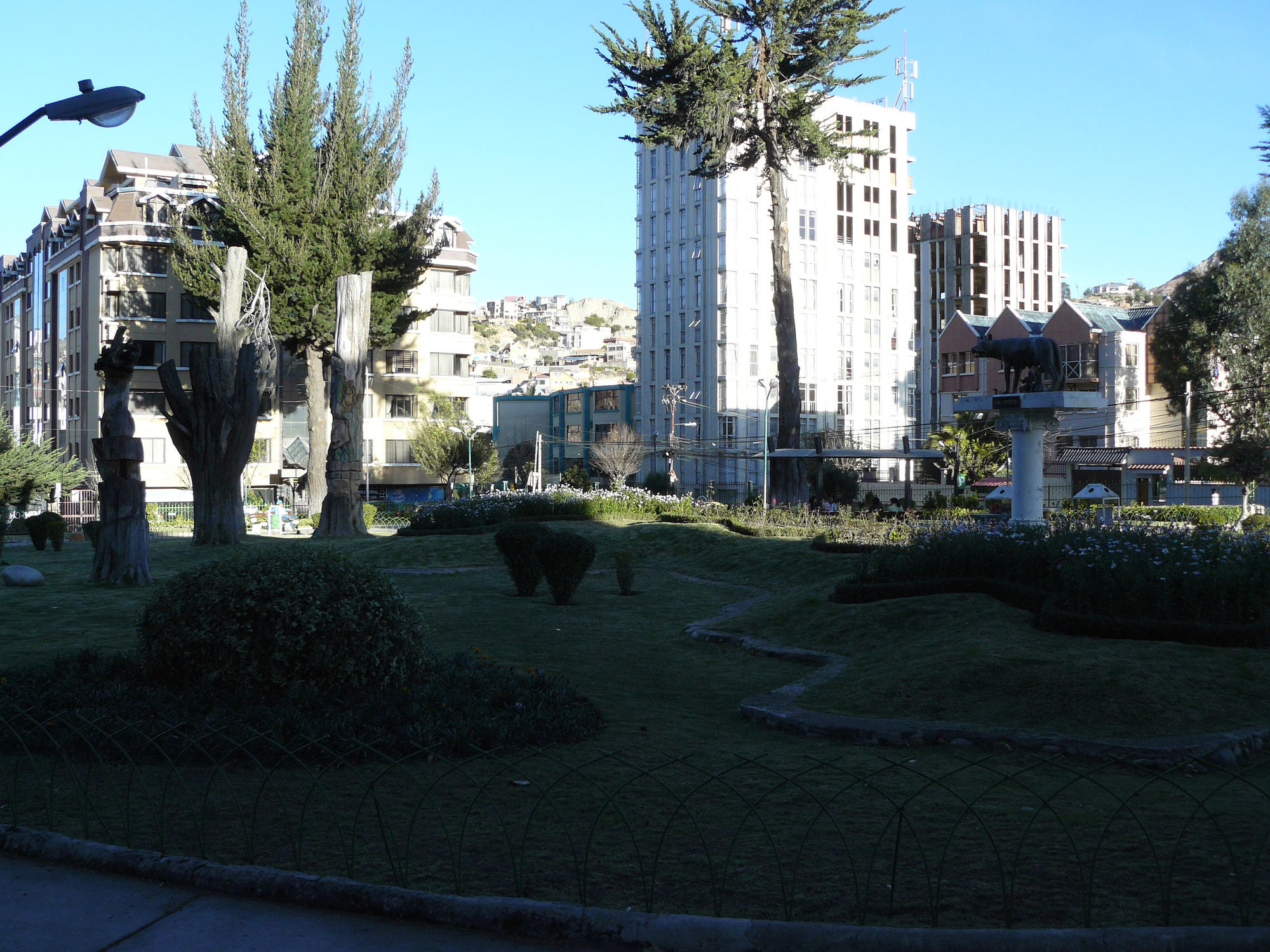
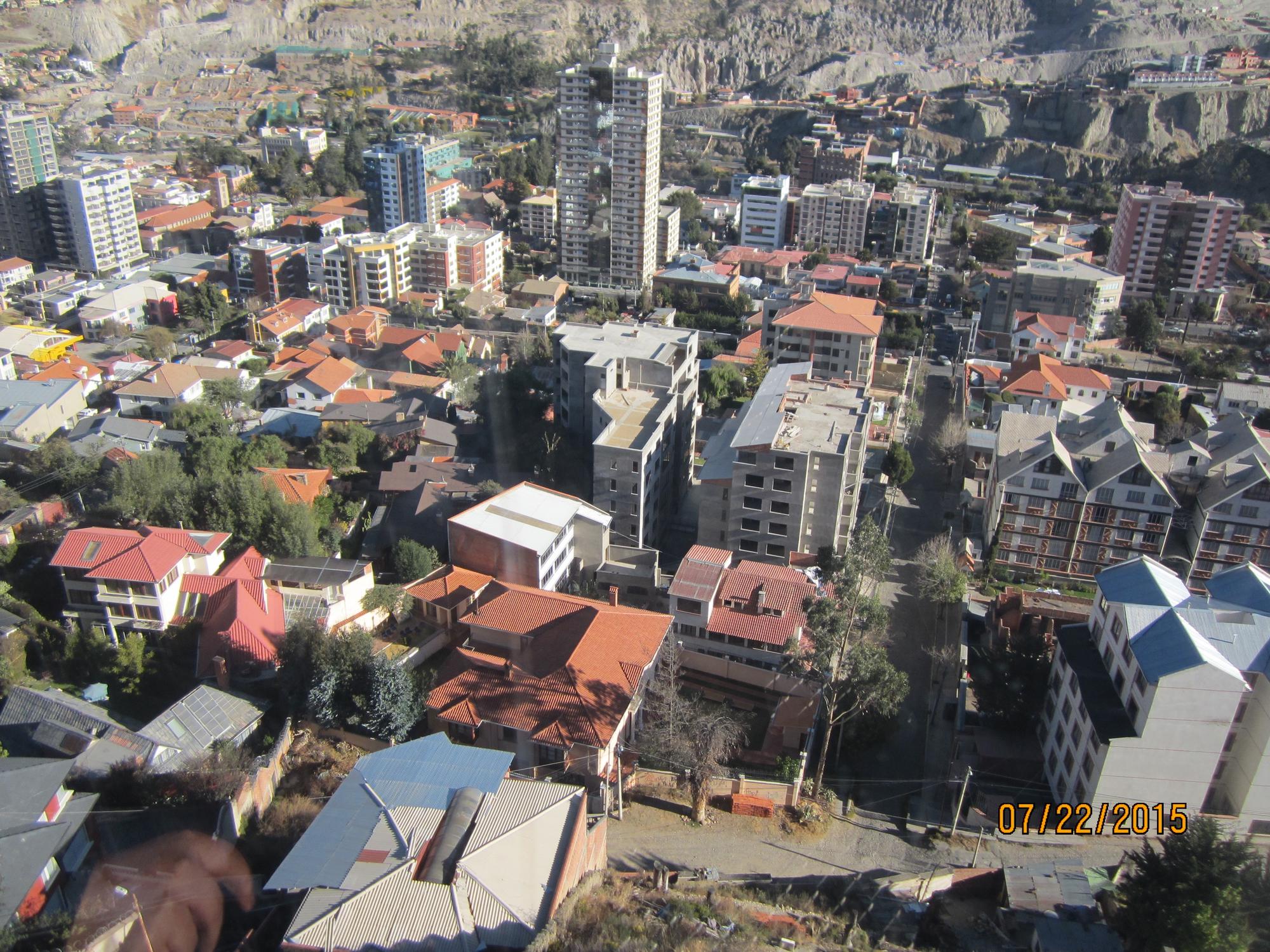
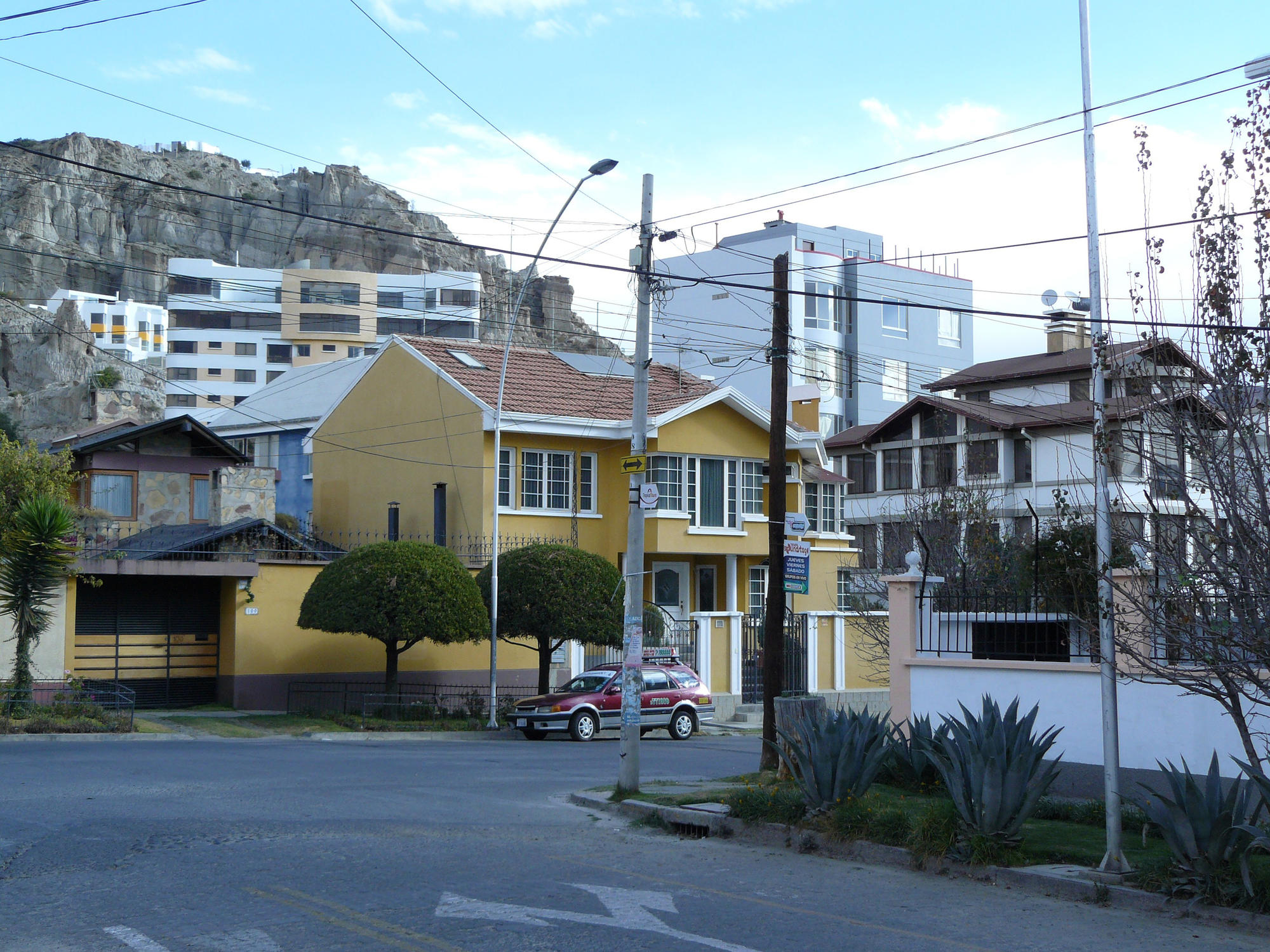
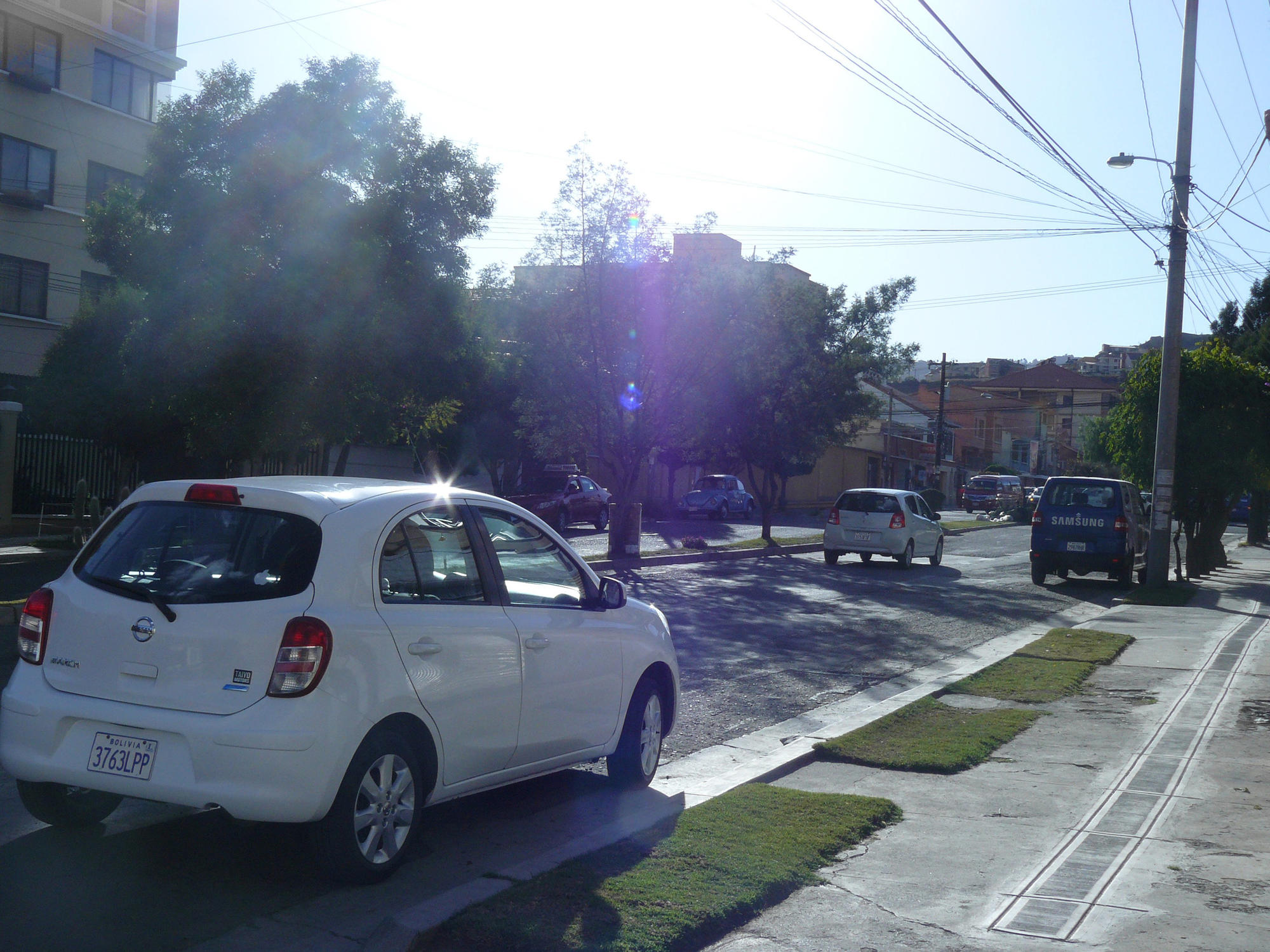
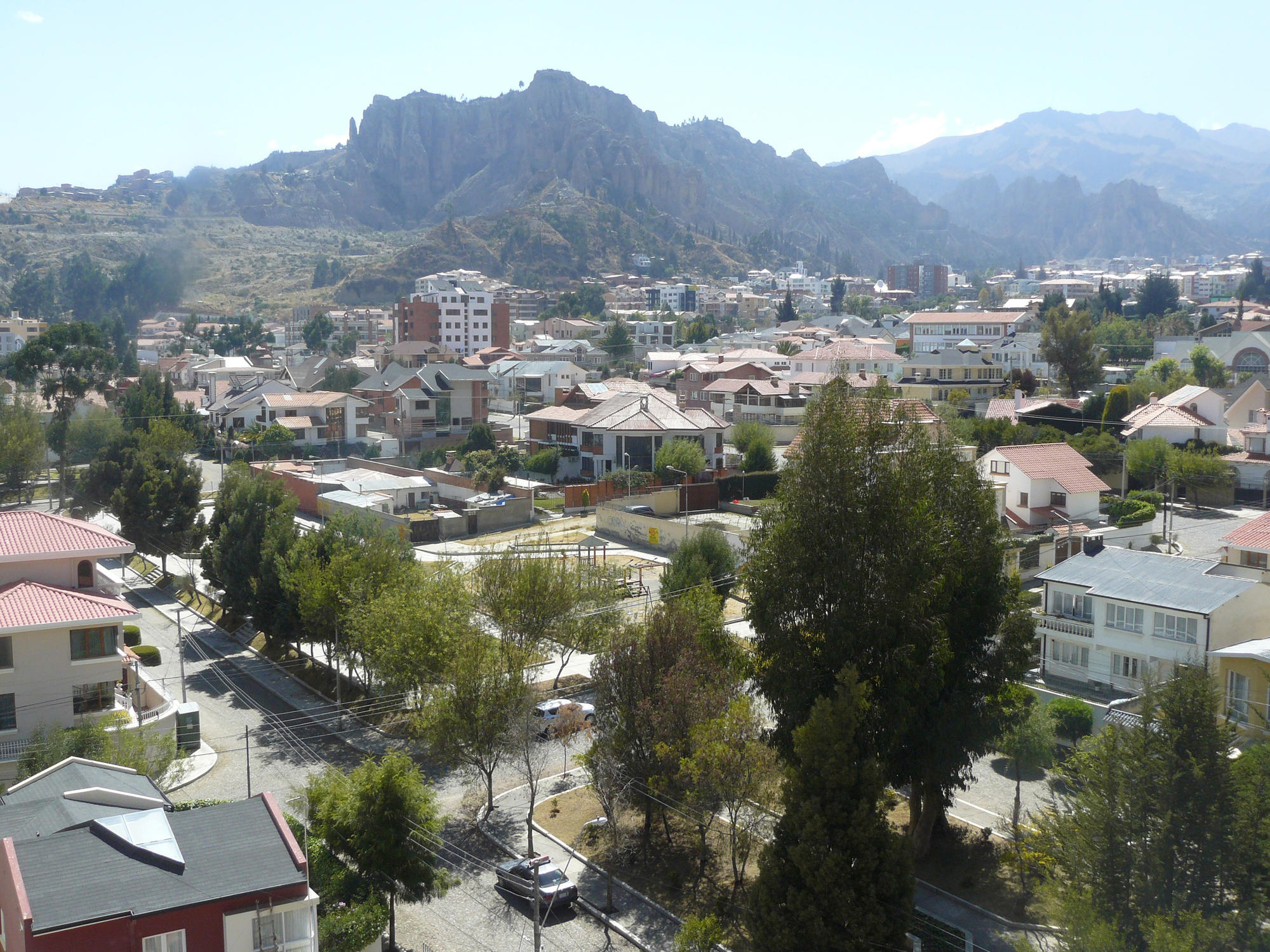
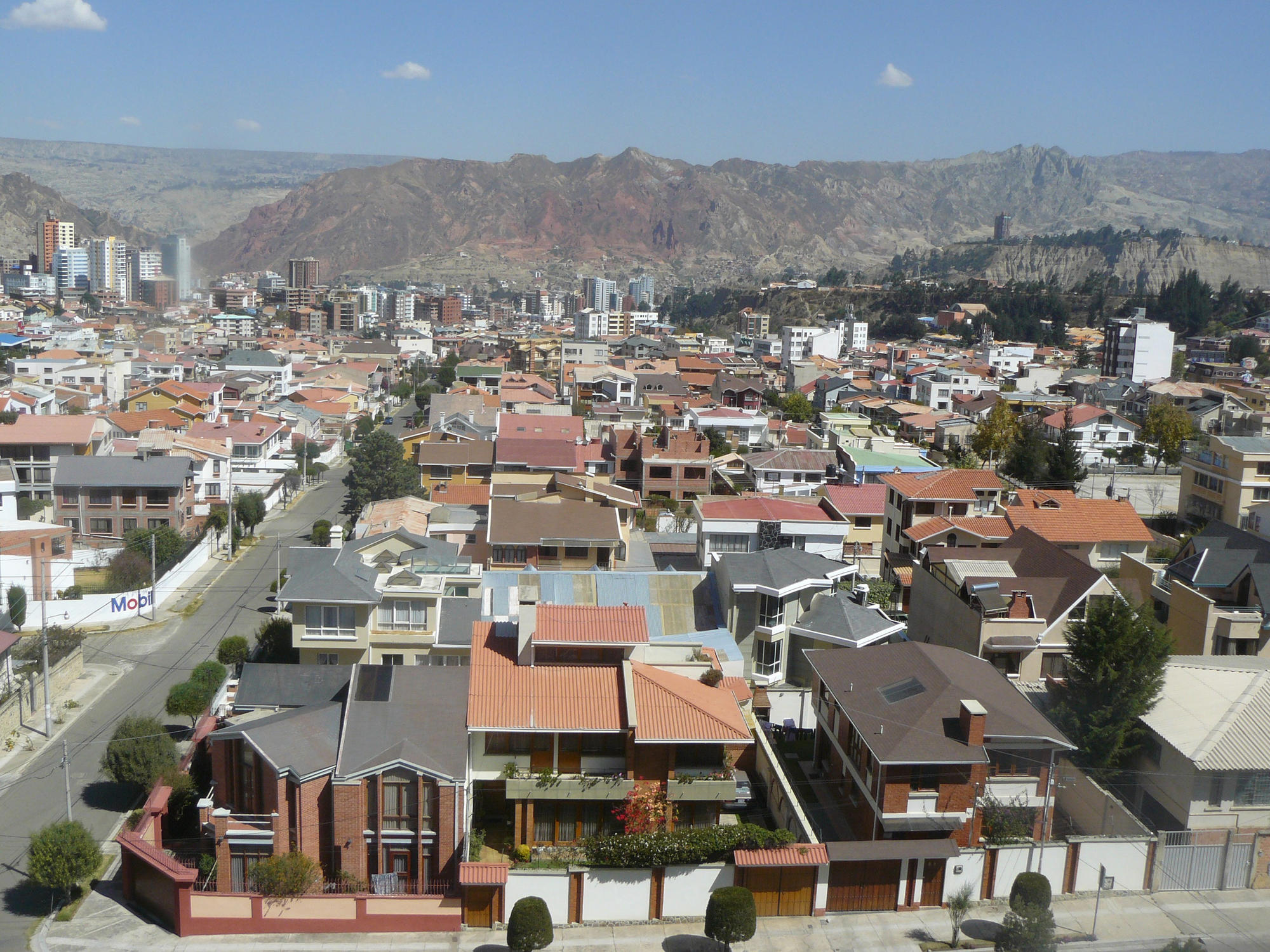
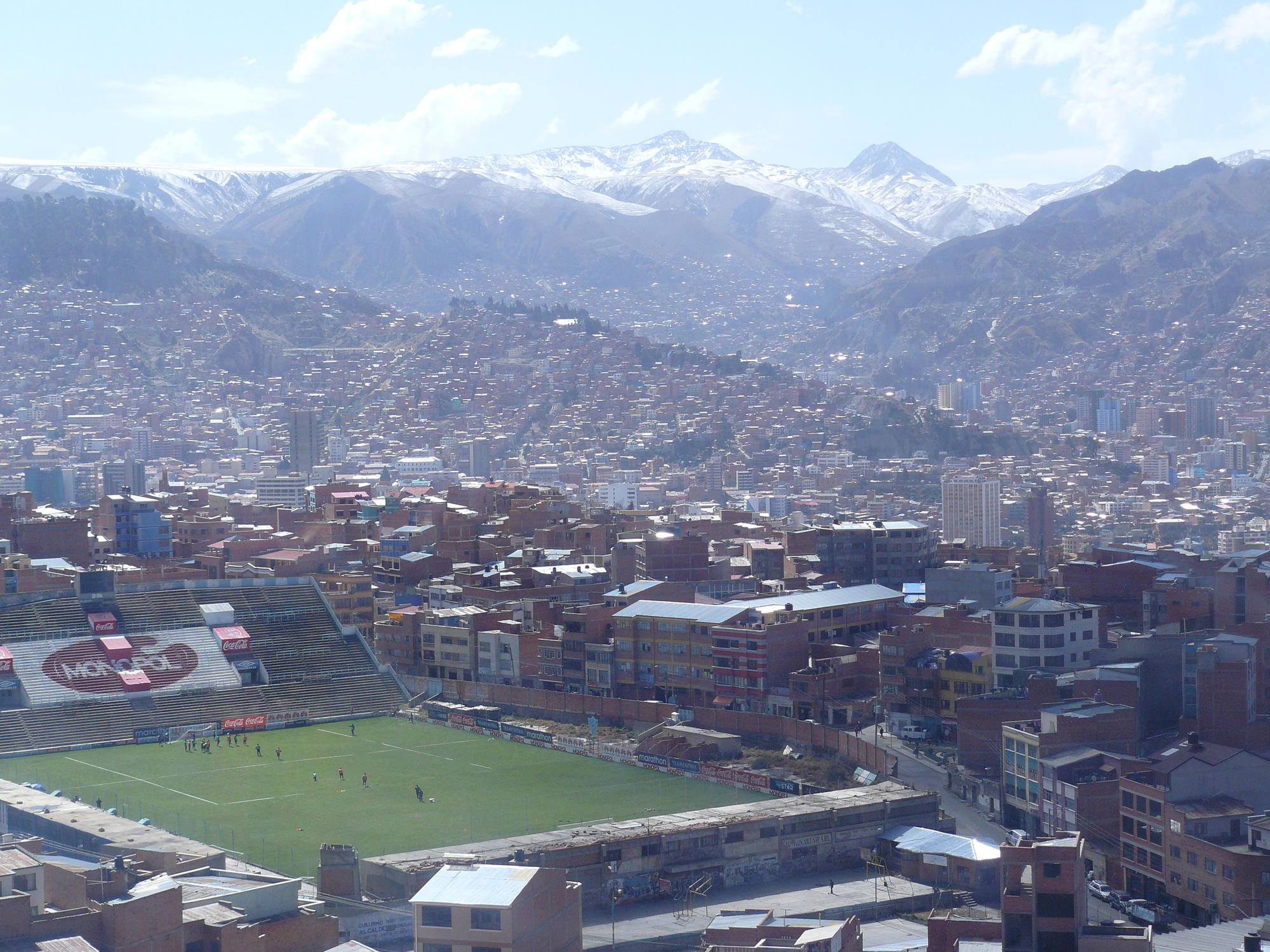
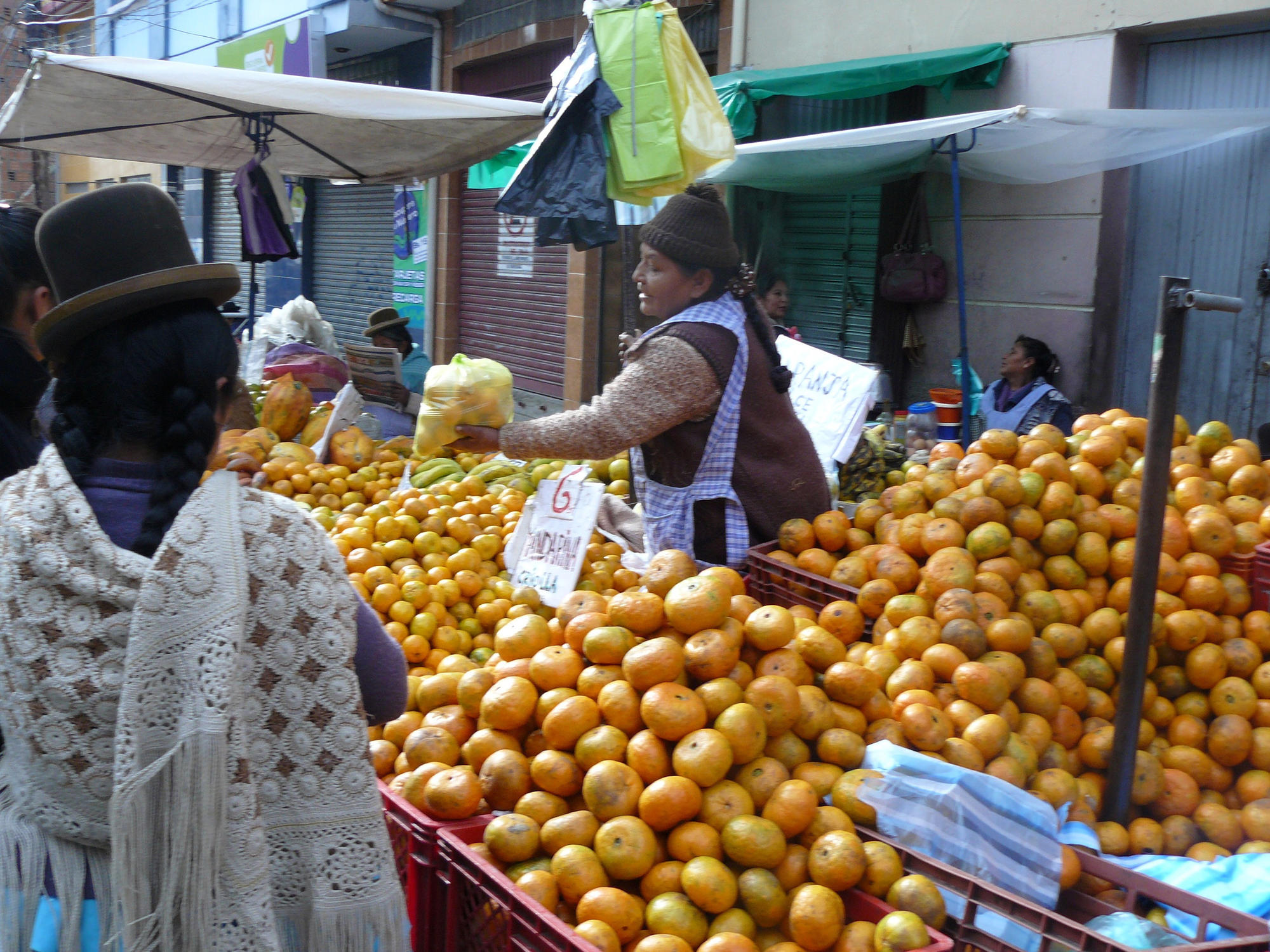
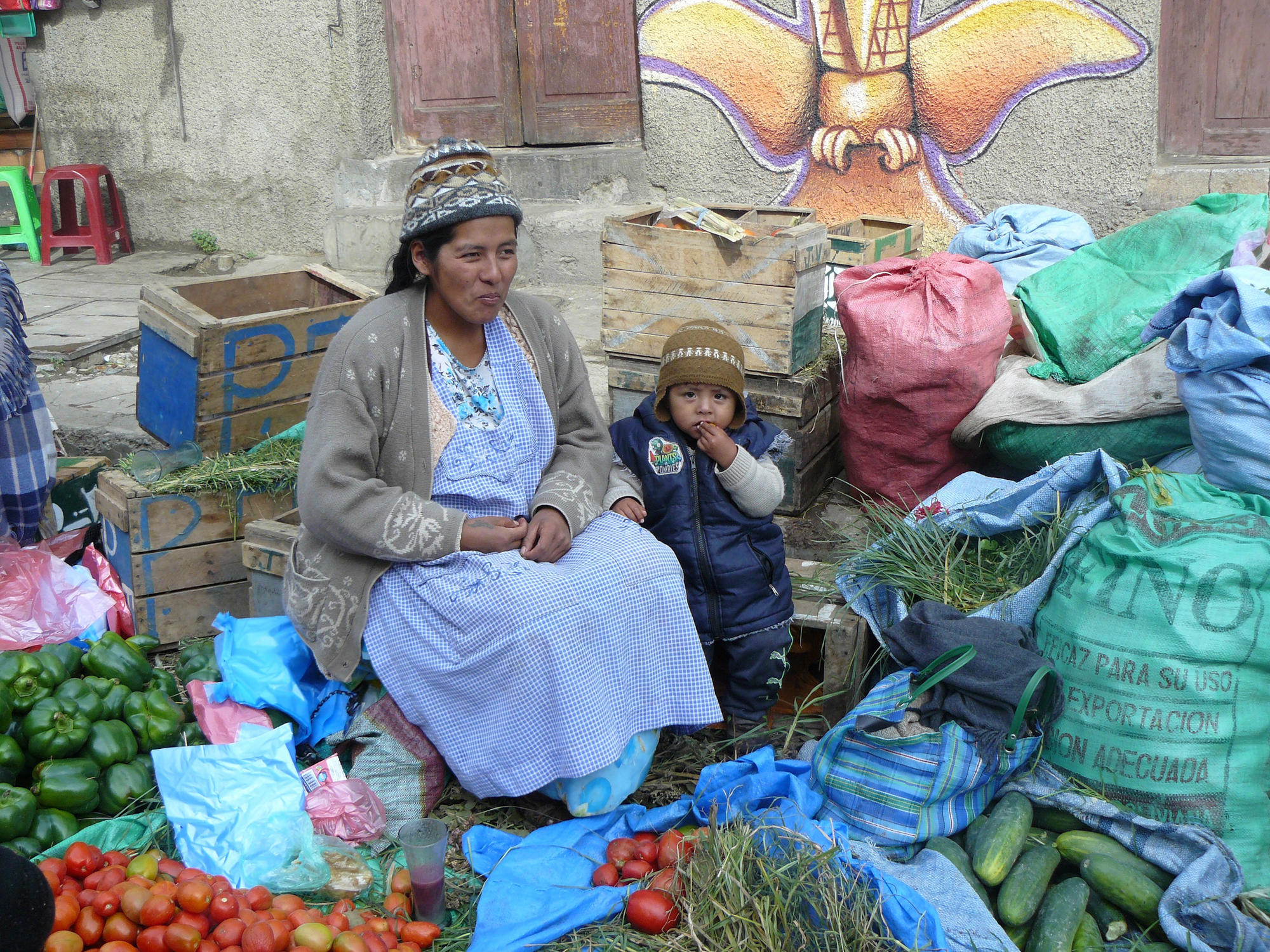
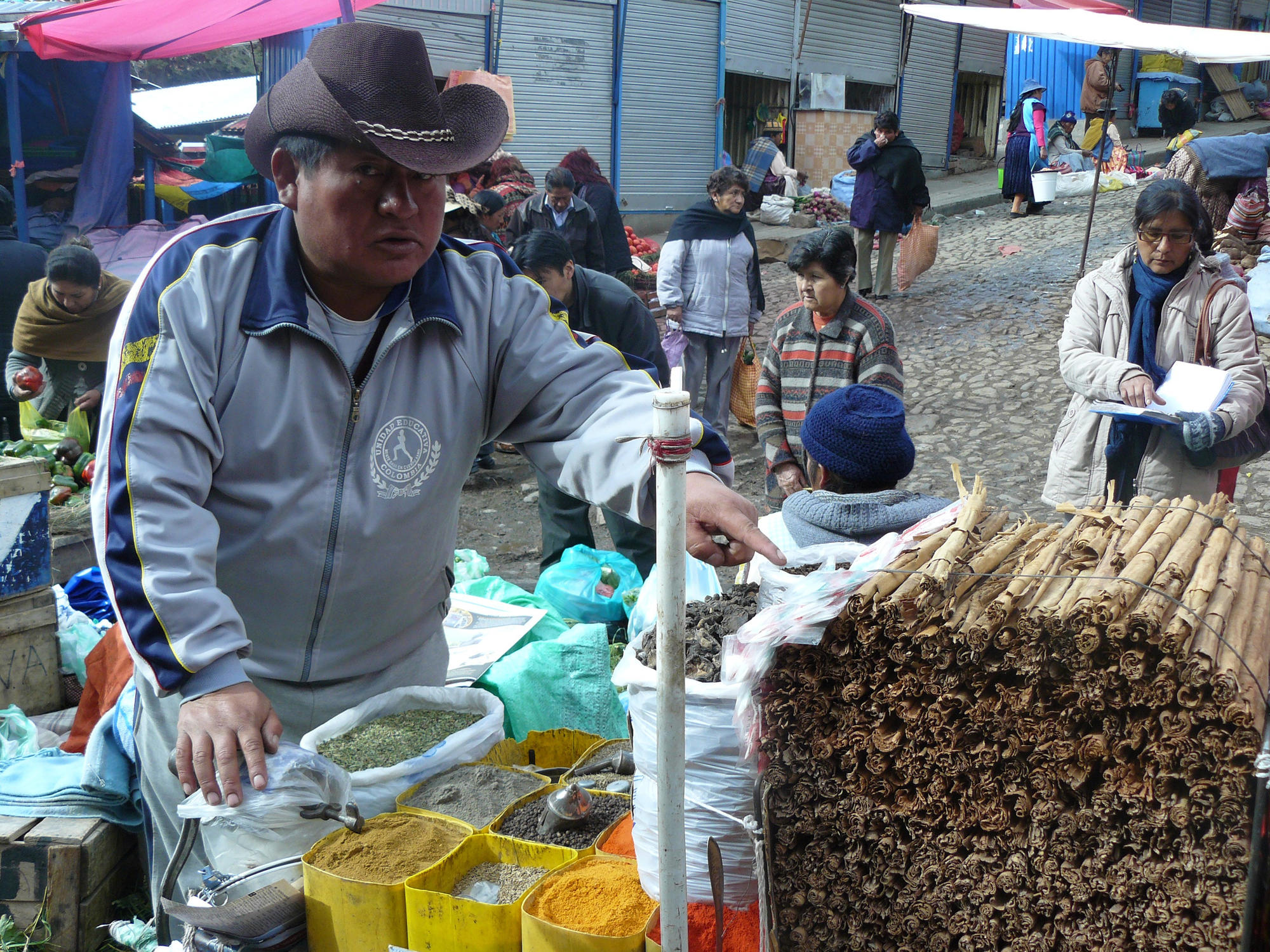
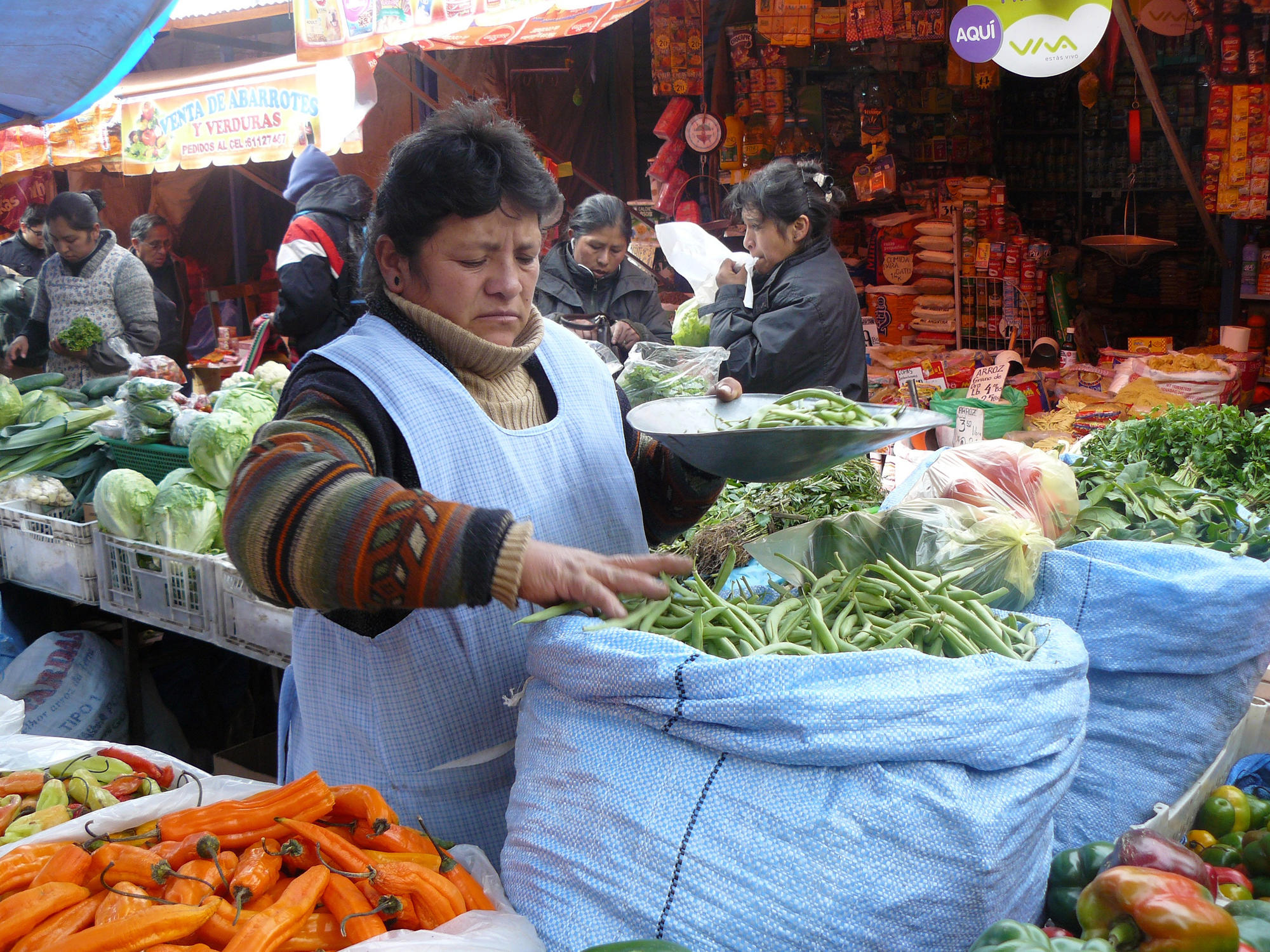
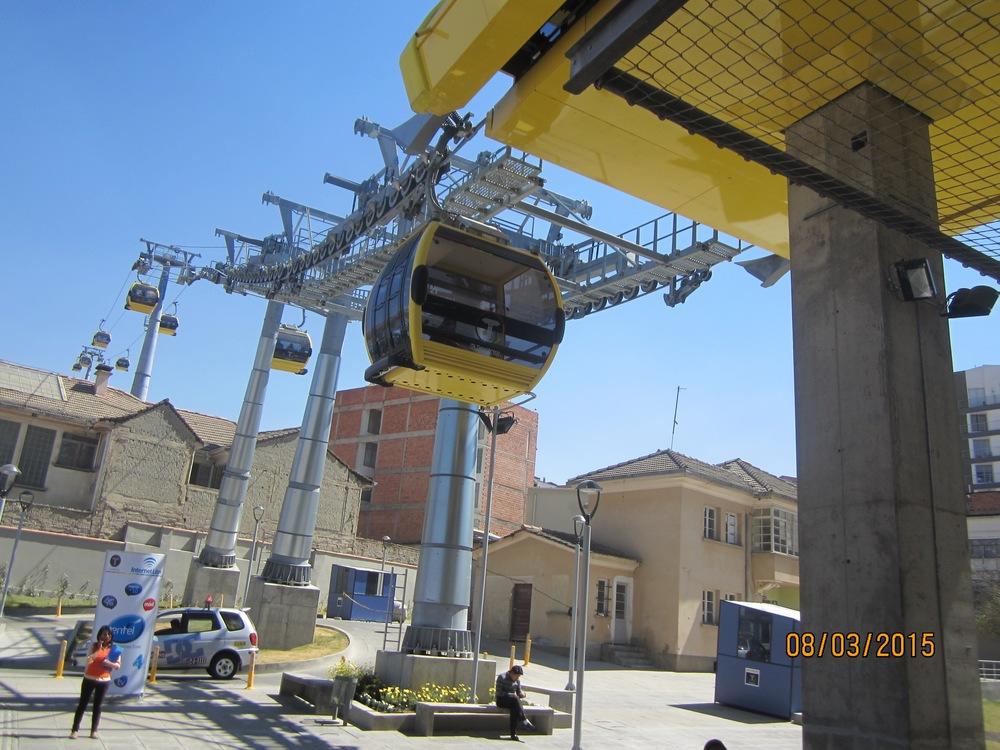
** Note: This photoessay was written in Summer of 2015. As of the date of publication, “Mi Teleferico” has expanded to include 10 functioning lines (Red, Yellow, Green, Blue, Orange, White, Sky Blue, Purple, Brown and Silver) with an additional line (Gold) in the works.
If you liked this article, click here to read related articles from our issue on Bolivia!
More Student Views
What Your Naked Bodies Told Me
Twelve actors were seated on a game board, staring intently at us. I entered and took a seat in a chair in the corner. Spectators were scattered across the board, clustered in small groups of five or six around each actor. In front of me on the floor sat actor Daniel Tonsig, who looked deep into our eyes for long, silent seconds.
Bridging Worlds: Learning, Culture and Connection in Chile
My first morning in Santiago, Chile, the city greeted me with a kaleidoscope of life. The Andes rose sharply in the distance, their peaks dusted with snow in the early Chilean winter. Street vendors sold fresh empanadas and pastel de choclo, their aromas blending with the crisp mountain air. That morning, I also met my host family, who would become my home away from home for the summer (Boston’s summer is Chile’s winter).
Contacto y probando
The young girls led me through tall wet grass along a muddy footpath to a clearing behind their house. I had recently asked to film them as part of a year-long Sensory Ethnography production course at Harvard, and I had not expected such swift acceptance into their group. The
